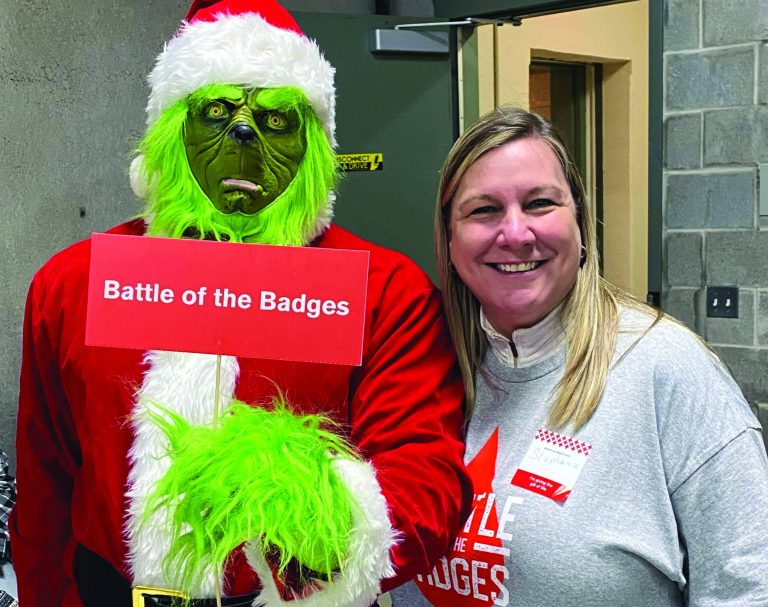
By Julia Chiappetta
Love abounds at Christmastime. Special gifts come alive while singing carols on street corners, lighting candles in churches, walking paths on a snowy evening, ice skating on a frozen pond, drinking hot cocoa with extra marshmallows, baking family recipes with mom, hopping on a train to a nearby village to explore, lighting up your home inside and out to beckon those passing by, or trimming a tree with family and friends.
Christmas love is all around, but the greatest love of all is the gift of the baby Jesus, born in a manger to bring light, hope and joy to a broken world, then and now. This was God’s most precious gift to us.
With Christmas only days away, celebrations are about to unfold around the world. As written in the gospels, shepherds, wise men and angels shared in the excitement of knowing about this great event. They knew from the Old Testament prophets that this would be no ordinary baby. The prophets had told of His coming hundreds of years before it happened, and the star that hovered brightly over Bethlehem marked the route for those on long journeys of months and years to seek and share in the birth of the baby, Jesus.
The people who heard the good news, most likely gathered to celebrate with songs and meals consisting of bread, made from barley, fish, olives, lentils, cheese, made from goat milk, onions, figs, melon, dried pomegranates, dates, wine, water and curdled milk. Sugar was not common and, in fact, only for the wealthy, who consumed honey. Meat was rare, but fish was abundant, especially around the Sea of Galilee, and where the fertile ground sprung up a variety of trees, vegetables and legumes.
I was pleased when I read about the diets in that time, because they are so similar to mine today. Like me, they ate mostly from the dirt, and I would guess that the soil was quite rich in nutrients and minerals, making it simply amazing for growing!
In closing, here are some fun Christmas facts I found on: https://www.history.com/topics/christmas/history-of-christmas
Each year, 30-35 million real Christmas trees are sold in the United States alone. There are 21,000 Christmas tree growers in the United States, and trees usually grow for about 15 years before they are sold.
Today, in the Greek and Russian orthodox churches, Christmas is celebrated 13 days after the 25th, also referred to as the Epiphany or Three Kings Day, the day it is believed that the three wise men finally found Jesus in the manger.
In the Middle Ages, Christmas celebrations were rowdy and raucous—a lot like today’s Mardi Gras.
From 1659 to 1681, the celebration of Christmas was outlawed in Boston, where law-breakers were fined five shillings.
Christmas was declared a federal holiday in the United States on June 26, 1870.
The first eggnog made in the United States was consumed in Captain John Smith’s 1607 Jamestown settlement.
Poinsettia plants are named after Joel R. Poinsett, an American minister to Mexico, who brought the red-and-green plant from Mexico to America in 1828.
The Salvation Army has been sending Santa Claus-clad donation collectors into the streets since 1890.
The colors red and green are everywhere, but in keeping with my signature, please try to lean towards green with a yummy, organic, green juice or smoothie. Take in those supercharged nutrients, that will make your body happy, and who doesn’t want a happy body, right? Try, a super cool, mix of organic kale and spinach, wedge of green apple, tablespoon of plain protein powder (non-dairy), dash of apple cider vinegar, squeeze of honey and lemon, topped with a dollop of coconut milk egg nog and a sprinkling of dried pomegranates, for that special holiday pizazz.
Wishing you all a Very Merry Christmas.
Happy Birthday Jesus!
Julia Chiappetta is the author of “Breast Cancer: The Notebook” (Gemini Media, 2006) and is also the owner of Julia Chiappetta Consulting. She lives in Cos Cob. More information and past columns can be found at JuliaChiappetta.com



